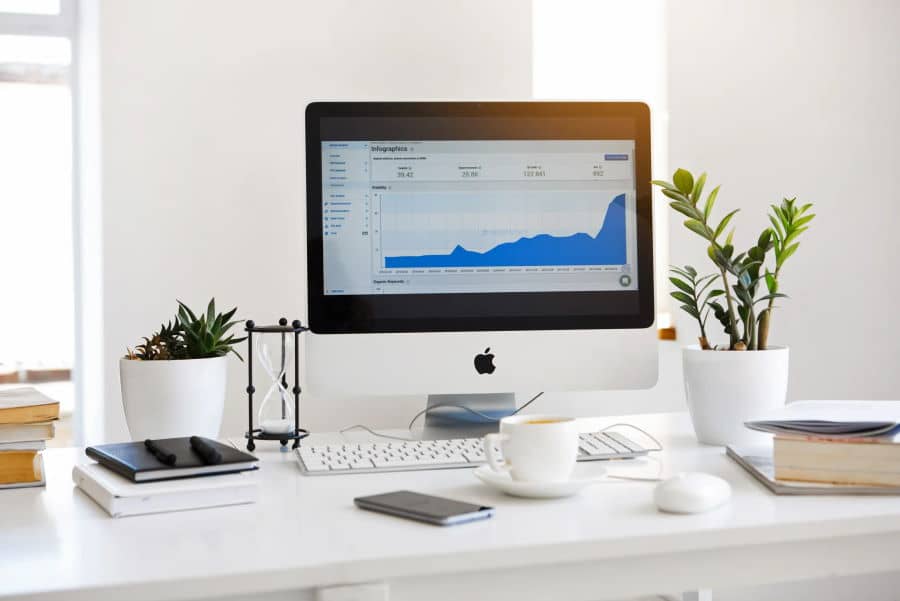Data visualization is a geographical representation that makes it easier for the human brain to comprehend a series of complex data. As humans, our eyes are more commonly attracted to patterns and colors. We learn colors as children and become adept at quickly identifying one versus the other. We can also quickly identify a differentiation in shapes, such as squares versus circles, or rectangles versus triangles.
Data visualization is a form of visual art that tends to capture our interest better and keeps us engaged for a more extended period of time. Using visual elements such as graphs, maps, and charts provide a manageable way to see and understand patterns and trends in the presented data. Maptive and other tools that transform Google maps into visual tools are on the rise.
Therefore, we can quickly recognize trends and outliers when we look at a chart, map, or other visualization tools. When we can easily understand what we are seeing, we internalize it quickly as well. It is a form of visual storytelling of a specific purpose.
Types of data visualization tools:
- Bar Graph
- Column Chart
- Dual Axis Chart
- Stacked Column Chart
- Stacked Bar Graph
- Area Chart
- Pie Chart
- Waterfall Chart
- Heat Map
- Bubble Chart
- Scatter Plot Chart
Long, detailed, and complex spreadsheets can make it more complicated to see trends or outliers. By viewing one of these alone, the importance of data visualization becomes even more evident. With that being said, what is in store for the future of data visualization? In a world driven by big data, data visualization tools, and technologies are becoming vital resources to analyze tremendous amounts of information and make critical decisions driven by data.
Simplifying data visualization
For example, there is Maptive. Maptive is a data visualization tool that takes raw data from a spreadsheet or other resource and creates a clear and precise, easy to understand, customized Google map in just seconds. Overlays that allow demographic information or pins of various colors allow the tool to be used for static data visualization or as an interactive tool stand to revolutionize the use of maps as a data visualization tool.
With how complicated some mapping tools can be, Maptive software simplifies the process, for example, as Microsoft Word does for a mail merge. Visualizing data on a map means that it is much easier to recognize opportunities, gain insight, and identify problems that may have otherwise been lost in the massive amounts of data.
Data visualization also enables users to access, visualize, and analyze data, creating customized dashboards that identify and solve specific business needs. Other visualization data software tools include Harmoni, Adverity, AnswerRocket, and QuanticMind.
What’s next for big data?
Data visualization is becoming more robust and flexible as time goes on, enabling end-users to rely on it. Data visualization tools assure that business users can clearly and concisely comprehend data being presented and obtain access to actionable insights while overcoming presented challenges with the greatest of ease.
The current data visualization trends are revealing more and more, every day, that this specific technology is empowering visualizers to conquer both complicated and straightforward business challenges and enhance their customer satisfaction numbers by making informed decisions, with no detail falling through the cracks. Better decisions make for better business, and with the assistance of data visualization, companies are advancing, along with data visualization itself.
These current advancements in data visualization are making for a very encouraging shift towards analytically driven businesses. In these businesses, the decision-makers have access to data in various graphical forms, when previously it was only possible with tabular reports.
The future also shows trends of data visualization going increasingly mobile. However, at the present time, data visualization is at least available and accessible through a combination of multiple devices. These devices include desktop computers, tablets, and some mobile devices. Most of the tools are available in the cloud, making them accessible from any device with an internet connection.
A technology that fails to serve all of its features and benefits on various platforms is not as beneficial for businesses as one that can. Data visualization is developing capabilities to deliver to mobile users the same experience offered to current desktop users. In the next few years, what device you use will have little to no significance because the availability of data visualization is potentially becoming universal to all electronic devices.








